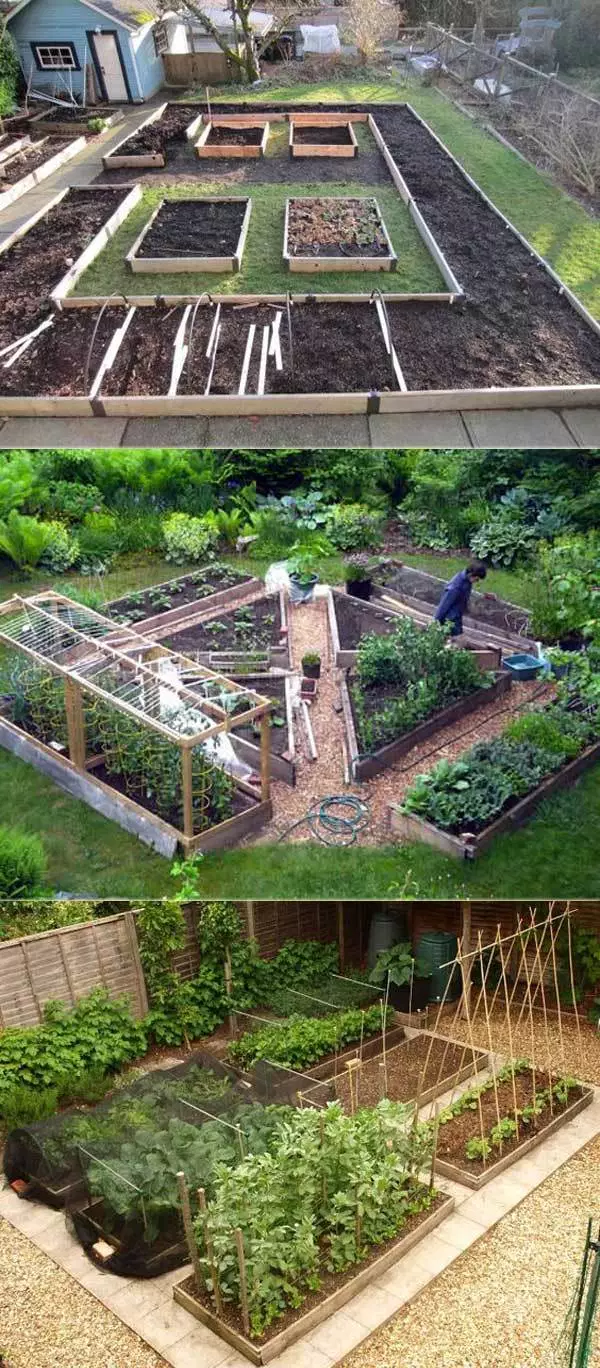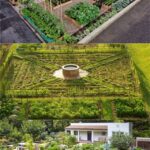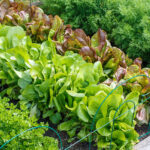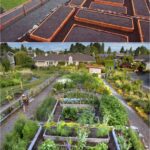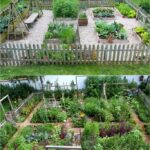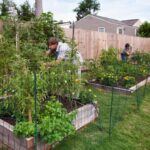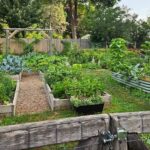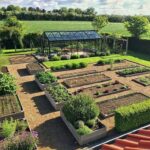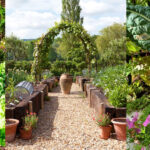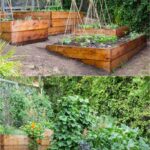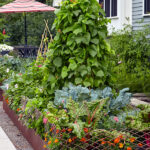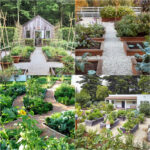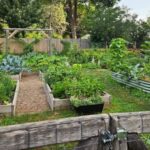When it comes to designing a vegetable garden, there are many factors to consider in order to create a space that is both functional and aesthetically pleasing. One of the first things to think about is the layout of the garden. Consider the size and shape of the space you have available, as well as how much sunlight and water the area receives. It’s important to place taller plants like tomatoes and corn at the back of the garden so they don’t shade smaller plants, while placing shorter plants like lettuce and herbs in the front for easy access.
Another important aspect of vegetable garden design is grouping plants together based on their water and sunlight needs. For example, tomatoes, peppers, and eggplants all require full sun, so they should be planted together in a sunny spot in the garden. On the other hand, leafy greens like lettuce and spinach prefer partial shade, so they can be grouped together in a shadier area. By grouping plants with similar needs together, you can ensure they all thrive and produce a bountiful harvest.
In addition to grouping plants by their needs, it’s also important to consider the spacing between plants. Overcrowding can lead to competition for nutrients and space, resulting in smaller and less productive plants. Be sure to follow the spacing recommendations on seed packets or plant tags to give each plant ample room to grow. You can also use techniques like square foot gardening to maximize space and ensure efficient use of your garden area.
When designing a vegetable garden, don’t forget to include pathways for easy access and maintenance. Paths should be wide enough to comfortably walk through and accommodate tools like wheelbarrows or carts. You can use materials like mulch, gravel, or stepping stones to create pathways that both define the space and make it easier to navigate the garden. Paths can also help reduce soil compaction and erosion, while providing a clean, well-maintained look to your garden.
Another important consideration in vegetable garden design is incorporating vertical space. Trellises, arbors, and stakes can be used to support climbing plants like cucumbers, squash, and beans, saving valuable ground space and adding visual interest to the garden. Vertical gardening can also help improve air circulation and reduce disease by keeping plants off the ground. Be sure to choose sturdy materials for your supports and install them securely to ensure they can withstand the weight of growing plants.
Finally, don’t forget to add some personal touches to your vegetable garden design. Consider incorporating decorative elements like garden art, colorful planters, or seating areas to create a welcoming and inviting space. You can also add herbs, flowers, or other ornamental plants to attract beneficial insects and pollinators, further enhancing the beauty and productivity of your garden. With careful planning and attention to detail, you can create a vegetable garden that not only produces a plentiful harvest, but also adds beauty and enjoyment to your outdoor space.
